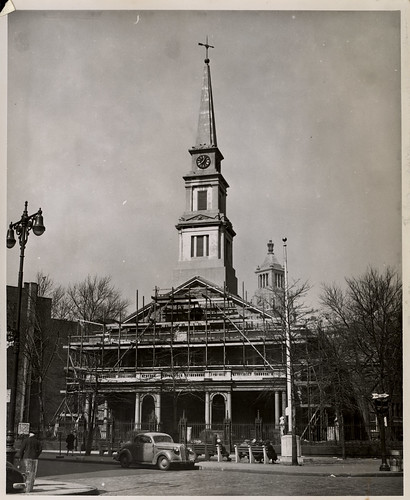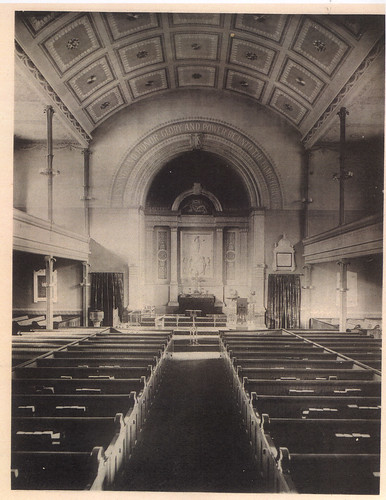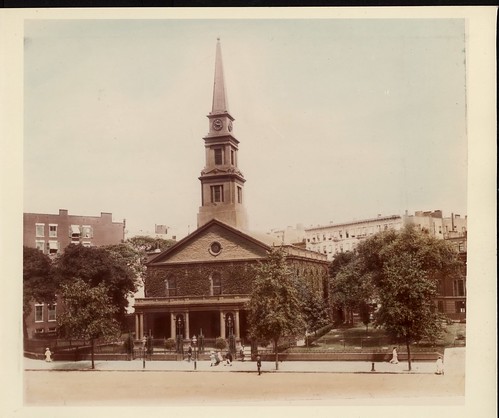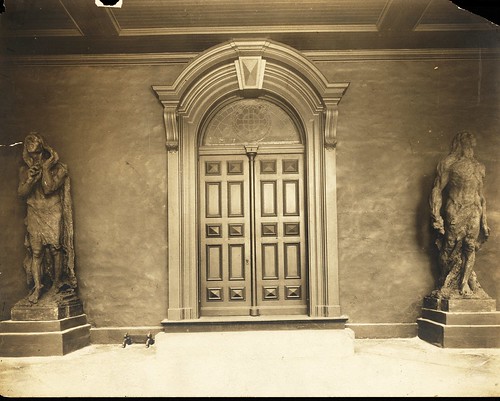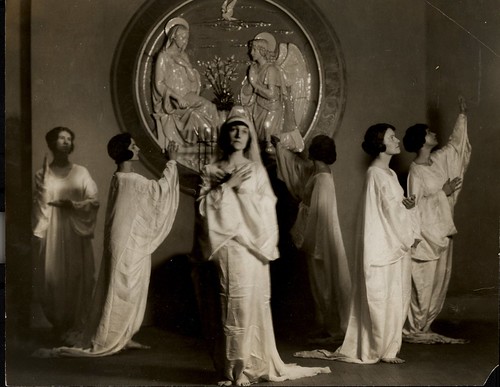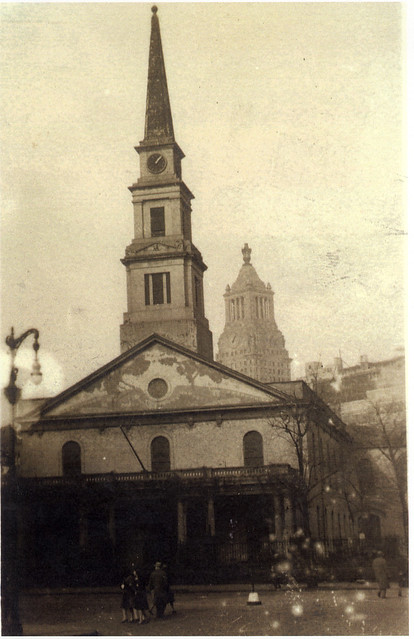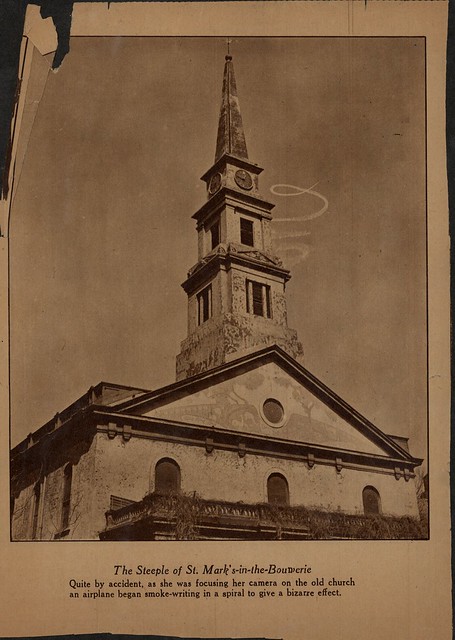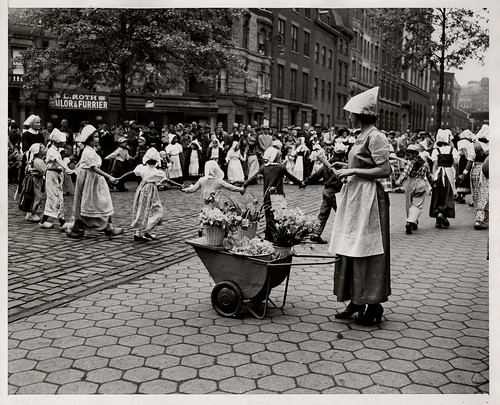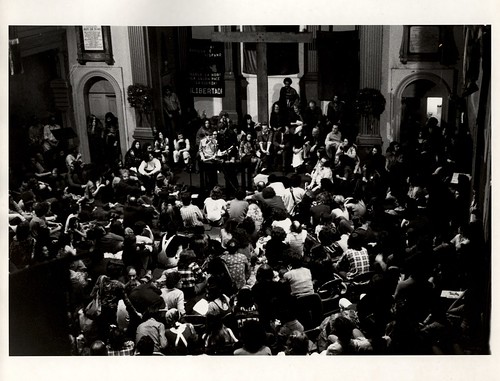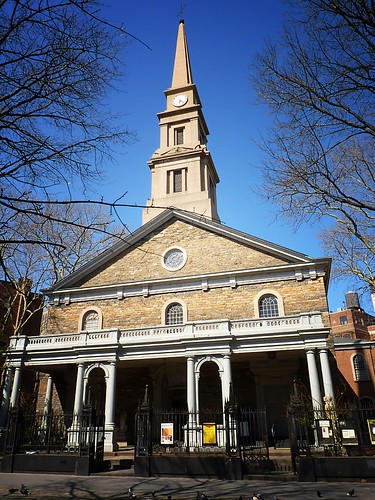Tim Schreier on the cultural and historical significance of St. Mark’s Church.
“I had always known about St. Mark’s Church from the perspective of its involvement in racial harmony, anti-Vietnam War, poetry, dance and the arts in general. Having spent some time with Roger Walters, the history curator of the church was an eye-opening experience. I learned so much from Roger about St. Mark’s role in the community, its deep-rooted history, the cause and effect elements of decisions made at the church about invoking the arts into the practice of worship. Some of the things we New Yorkers take for granted or go unnoticed are actually quite remarkable in a historical perspective.”
1865
“The earliest known photograph of St. Mark’s Church. It is meant to be viewed in a stereoscope to provide a three-dimensional view.”
1899
“The first known interior photograph of St. Mark’s Church. Note the ceiling and pews; neither is still there. This photo was taken as part of the centennial celebration of the structure’s completion and recognition by the Episcopal Church of The United States. It also was taken at the peak of the Victorian influence and the introduction of stained glass at the church.”
1900
“This is an important photo that displays the fresco that once adorned the entrance to the church. It was taken prior to the construction of the Consolidated Gas Tower (Con Ed) in neighboring Union Square. The fresco was taken down during the renovation of the church in 1940’s.”
1900
“To commemorate the advent of lighting inside the church, the New York Edison Co., now Con Ed, used this photograph as a demonstration of its capabilities.”
1920’s
“Dr. William Norman Guthrie led St Mark’s from 1911 to the late 1930’s. He was a remarkable man who was so far ahead of his time it blew me away. His thoughts on the federal government’s treatment of Native Americans were considered quite controversial at the time. He took it upon the church to commission the brother of the artist who created Mount Rushmore (on a site that is considered sacred land) to create two statues for the church – called ‘Inspiration’ and ‘Aspiration’ – as a lesson in fairness and tolerance. These statues were moved from the portico to the West Yard during one of the renovations of the church.”
1920’s
“Dr. Guthrie also integrated dance, much to the dismay of the Episcopal Church of the United States (note the bare feet) into worship, perhaps a forerunner or foundation of what would become the church’s defining signature in the arts today.”
1930’s
“This photo is from the late 1930’s. It provides a clear view of the fresco and you will notice the Consolidated Gas Tower (Con Ed) in Union Square in the background.”
1930’s
“Another image from the 30’s, this one was taken by celebrated photographer Bernice Abbott as part of her ‘Changing New York’ series. Note the airplane exhaust in the sky next to the steeple.”
1940’s
“A renovation of St. Mark’s as part of the WPA project.”
1952
“A shot of The Dutch Festival.”
1975
“From the 1950’s to the 1970’s the church was very active in race relations (welcoming the Black and Brown Caucus into it’s fold), anti-Vietnam War activities, Allen Ginsburg and William Burroughs read poetry and later Patty Smith sang, Sam Shepard’s early work was performed…the list goes on and on. The cross in the background of this shot was made from wood found at a tenement in Alphabet City. This use of the church as a space for the arts echoes what Dr. Guthrie first talked about in the 1920’s.”
2011
“The church — whose cornerstone was laid in 1796 — is one of New York City’s oldest structures and yet it renews itself through the generations of people who have a true sense of what community is all about. It is a remarkable place to visit, sit, think…”
Tim Schreier is a community contributor to The Local East Village.
Join the conversation: Visit the comments section below to share your memories of St. Mark’s. Or join our Flickr group and submit a photo.



